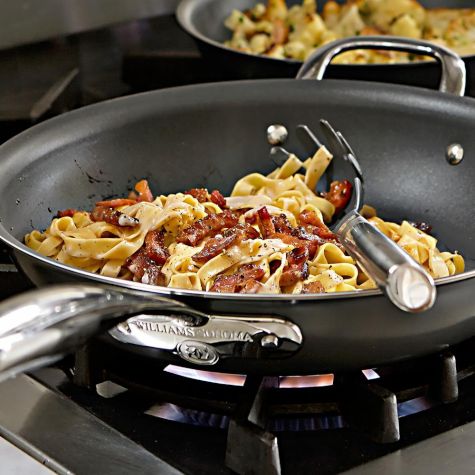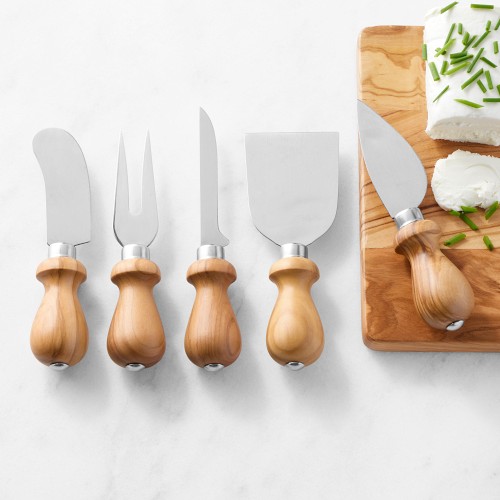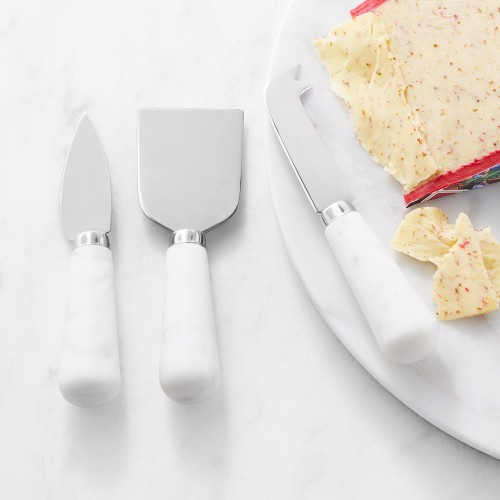
Pasta Carbonara
When Chefs Andrew Ticer and Michael Hudman of Hog & Hominy were in Rome, they were on a search for the secret to the best carbonara. It turns out there are a few secrets, and all of them are crucial to its success: First, you need good guanciale (cured hog jowl). They make their own, or you can order a really good guanciale from Chris Cosentino’s salumeria, Boccalone, in San Francisco. Next, you need good-quality eggs, ideally from a local farmer. You also need authentic Parmigiano-Reggiano cheese and freshly cracked pepper. Fight the urge to use cream. Finally, remember that carbonara waits for no one. When it’s done, it needs to be eaten. Don’t worry if it takes a few tries to get it right. It’s worth it.
Ingredients:
- Kosher salt, to taste
- 1 lb. (500 g) fresh fettuccine
- 6 oz. (185 g) guanciale, cut crosswise into strips about 3/4 inch
(2 cm) long and 1/4 inch (6 mm) wide - 1 cup (4 oz./125 g) grated Parmigiano-Reggiano cheese, plus
more for serving - 5 or 6 egg yolks
- 8 turns cracked pepper
Directions:
Bring a large pot of salted water to a boil over high heat. Add the pasta and cook until not quite al dente, 1 to 2 minutes; it will continue to cook in the sauce.
Meanwhile, in a large fry pan over medium heat, sauté the guanciale until the fat is rendered, about 5 minutes, taking care not to burn it. In a bowl, whisk the 1 cup cheese with 5 of the egg yolks until the mixture is the consistency of thick pancake batter. If it seems too thick, add another egg yolk to loosen it.
Drain the pasta, reserving some of the cooking water, and add the pasta to the pan with the guanciale. Toss to coat well, still over medium heat, and add a small amount of pasta water, if necessary, to help the sauce cling to the pasta.
Take the pan off the heat, add the egg-cheese mixture, then toss and toss and toss. In a few seconds, you will see the dish take shape right before your eyes. The residual heat from the pan will cook the egg yolks to form a saucelike consistency. If it starts to get too thick, add a little pasta water to loosen it. Don’t put the pan back on the stovetop, as you risk curdling the sauce.
Quickly divide the pasta among warmed serving plates and serve immediately topped with additional cheese and the pepper. Serves 4.
Adapted from Collards & Carbonara, by Andrew Ticer & Michael Hudman (Olive Press, 2013).















